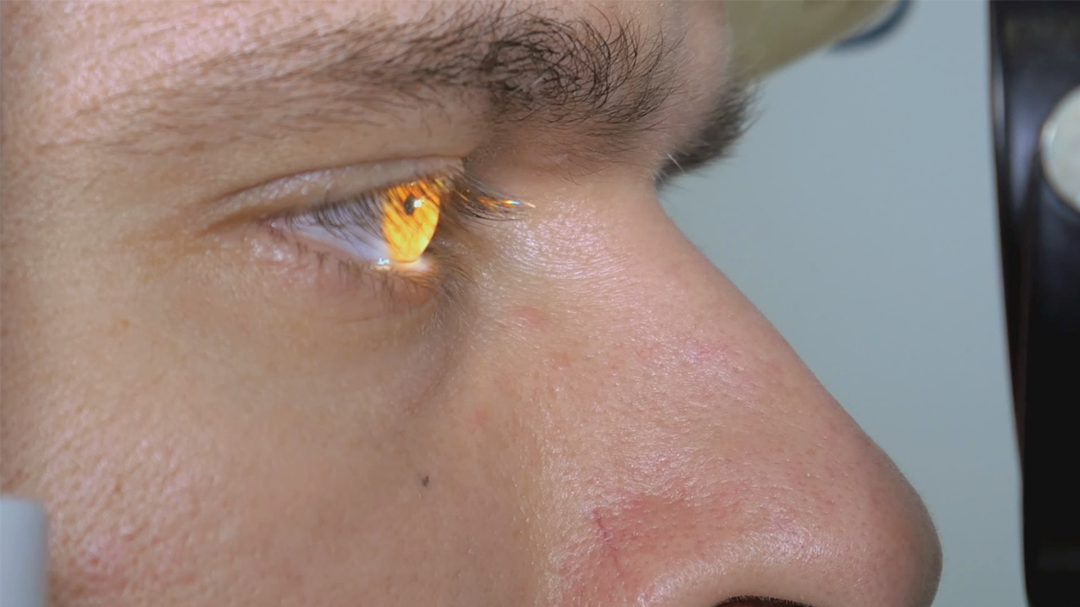BTN.com LiveBIG Staff, February 1, 2020
In the US alone, there are over 30 million people with some form of diabetes, all in need of retinal eye exams.
Yet, 24,000 people per year go blind due to treatable, but undiagnosed diabetic retinopathy. This staggering number reflects the lack of access those in need have to this critical exam.
IDx, a startup founded by University of Iowa ophthalmologist Michael Abramoff, looks to change that with the first FDA-approved autonomous AI diagnostic tool for retinopathy. Highly mobile and requiring but a single operator, the IDx device can easily fill in gaps in ophthalmological care.
?You sit down and the camera takes a few pictures,? explains Abramoff, who is also a professor of electrical and computer engineering and biomedical engineering. ?Within minutes, it takes several pictures of the back of your eye with a flash, and then the diagnostic artificial intelligence makes a diagnosis within seconds. So, it's very quick and the diagnosis tells the doctor that's taking care of the diabetes whether or not you have the disease and what to do with the patient that has the disease.?
One of the current hurdles those with diabetes face when getting an eye exam is the need for a referral to an ophthalmologist to perform and diagnose. This adds an additional layer of both time and expense to an already trying process.
The IDx device removes that part of the equation, a move that Abramoff hopes will improve outcomes. ?Healthcare's too expensive so we need to drive the cost down. That's why I founded the company. It's a better quality. It improves success. Like I said, it's much easier for someone with diabetes to get a diabetic eye exam because you can do it right then and there with your diabetes doctor.
While the device itself consists of a complex medical camera system, it is the autonomous AI that sets it apart. Once the retina is mapped, that AI scans for markers of retinopathy. It then analyzes the findings by way of an algorithm trained to think much like a clinical ophthalmologist.
?When you learn to do this exam, you learn to look for hemorrhages and other disease markers,? says Abramoff. ?What we did was copy these as detectors into computer algorithms, each of them separately. We taught them, we trained them, we optimized them. And then the combined output leads to the clinical diagnosis. Just like a doctor does. So, we mimic a doctor in what it does.?







 See what's coming up live on B1G+ every day of the season at BigTenPlus.com.
See what's coming up live on B1G+ every day of the season at BigTenPlus.com. 